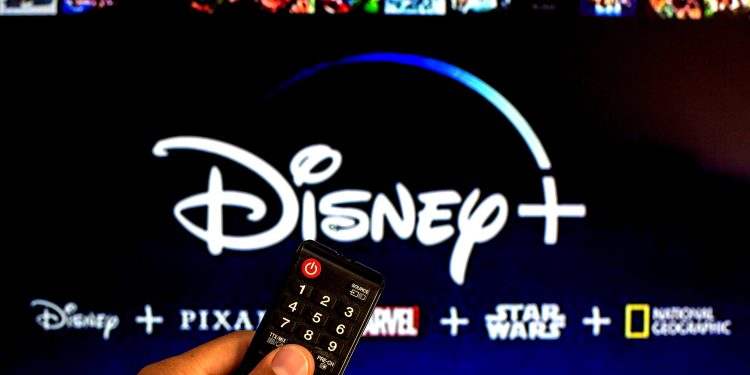In the ever-expanding landscape of entertainment, the “Streaming Wars” have emerged as a defining phenomenon, reshaping how audiences consume and engage with content in the digital age. This article delves into the dynamics, challenges, and implications of the Streaming Wars as media giants and tech titans vie for dominance in an increasingly crowded and competitive market.
The Rise of Streaming Platforms
The rise of streaming platforms has transformed the entertainment industry, disrupting traditional models of content distribution and consumption. With the advent of platforms like Netflix, Amazon Prime Video, Disney+, Hulu,Watch MX Player, audiences now have unprecedented access to a vast array of movies, TV shows, music, and podcasts at their fingertips.
Streaming platforms offer unparalleled convenience and flexibility, allowing users to stream content anytime, anywhere, on a variety of devices, from smart TVs and smartphones to tablets and laptops. This shift towards on-demand content consumption has democratized access to entertainment, empowering audiences to tailor their viewing experiences to their preferences and schedules.
The Battle for Content Supremacy
At the heart of the Streaming Wars lies a fierce battle for content supremacy, as media companies and tech giants invest billions of dollars in original programming, licensing agreements, and exclusive content deals to attract subscribers and retain viewership. From blockbuster movies and hit TV series to original documentaries and live sports events, content has become the currency of the Streaming Wars, driving subscriber growth and market differentiation.
Streaming platforms are engaged in a high-stakes arms race, competing to secure the rights to coveted intellectual properties, iconic franchises, and popular shows. The competition for content has intensified as traditional media companies, tech behemoths, and upstart streaming services vie for a larger share of the global streaming market.
Fragmentation and Subscription Fatigue
While the proliferation of streaming platforms offers audiences unprecedented choice and variety, it also leads to fragmentation and subscription fatigue. With each platform offering exclusive content and original productions, consumers may find themselves overwhelmed by the sheer number of subscription options and the associated costs.
The rise of subscription fatigue poses a significant challenge for streaming platforms, as consumers seek ways to streamline their entertainment expenses and consolidate their subscriptions. As a result, platforms must strike a delicate balance between offering compelling content and maintaining affordable pricing models to retain and attract subscribers.
The Role of Technology and Innovation
Technology and innovation play a crucial role in the Streaming Wars, as platforms leverage data analytics, machine learning, and artificial intelligence to personalize recommendations, optimize content delivery, and enhance the user experience. Recommendation algorithms analyze user behavior, viewing history, and preferences to curate personalized content suggestions, driving engagement and retention.
Moreover, advancements in streaming technology enable platforms to deliver high-definition video streaming, 4K resolution, and immersive audio experiences that rival traditional broadcast and cinematic formats. From seamless playback and offline downloads to multi-device synchronization and cross-platform integration, streaming platforms continue to push the boundaries of what’s possible in the digital entertainment space.
The Global Impact of the Streaming Wars
The Streaming Wars have global implications, as streaming platforms expand their reach and compete for subscribers in markets around the world. From North America and Europe to Asia-Pacific and Latin America, the demand for streaming services is on the rise, driven by increasing internet penetration, smartphone adoption, and digital literacy.
In emerging markets, streaming platforms are investing in localized content libraries, language localization, and cultural adaptation to cater to diverse tastes and preferences. By embracing diversity and inclusivity, platforms can foster a sense of belonging and cultural relevance among global audiences, driving engagement and loyalty.
The Future of the Streaming Wars
As the Streaming Wars continue to unfold, the future of entertainment remains uncertain yet full of possibilities. With new players entering the fray and existing players doubling down on their content strategies, the competition shows no signs of abating. Content creators, distributors, and consumers alike must adapt to the rapidly changing landscape of entertainment in the digital age.
In conclusion, the Streaming Wars represent a pivotal moment in the evolution of the entertainment industry, shaping how content is created, distributed, and consumed in the digital age. As platforms battle for dominance, innovation, and market share, audiences stand to benefit from an unprecedented abundance of choice and quality content. However, navigating the complexities of the Streaming Wars requires a careful balance of creativity, strategy, and adaptability to succeed in an increasingly competitive and dynamic market.









